It’s a frustrating moment we can all picture: you’ve been consistent with your plant-based diet and workouts, the scale was moving, and then suddenly… nothing. Hitting a weight loss plateau feels like running into a wall, but it’s not a sign of failure. It’s actually a completely normal part of the process, a signal that your body has adapted and it’s time for a small, strategic shift.
Why Your Weight Loss Journey Has Stalled
When the number on the scale stops moving, it’s easy to feel discouraged. But what’s happening is a natural biological response called metabolic adaptation. Think of your body like a car that becomes more fuel-efficient over time. As you lose weight, your body requires less energy, or fewer calories, to perform the same activities. That morning walk that used to burn a certain number of calories now burns slightly less because you’re moving a lighter frame.
This efficiency is a survival mechanism, but it can certainly slow down your progress. Another piece of the puzzle is muscle mass. During weight loss, it’s common to lose a bit of muscle along with fat. Since muscle tissue is more metabolically active than fat tissue, meaning it burns more calories even at rest, losing it can cause your metabolism to dip slightly.
This combination of increased efficiency and potential muscle loss is often the reason for the stall. Understanding this helps us reframe the problem. The question isn't what you're doing wrong, but rather how to break a weight loss plateau by giving your body the right tools to keep going. And one of the most effective tools is protein.
The Scientific Power of Protein for Weight Management

Now that we understand why plateaus happen, we can focus on the solution. Increasing your protein intake is one of the most effective strategies, and the reasons are grounded in science. First, protein has a higher Thermic Effect of Food (TEF) compared to carbohydrates and fats. This simply means your body uses more energy, or calories, just to digest and absorb it. While it’s not a massive calorie burn, this small metabolic boost adds up over time.
Next is the power of satiety. We’ve all felt that nagging hunger that can derail our best intentions. Protein is incredibly effective at helping you feel full and satisfied for longer periods. This natural appetite regulation means you’re less likely to overeat or reach for unplanned snacks, making it easier to stick to your calorie goals without feeling deprived. This makes finding the best plant based protein for satiety a key part of your strategy.
Finally, protein directly addresses the muscle loss issue we talked about earlier. Providing your body with enough protein during a calorie deficit helps preserve your hard-earned lean muscle. This is crucial because it ensures the weight you’re losing is primarily from fat, not muscle. By protecting your muscle mass, you keep your metabolism running as strong as possible. For more health and wellness insights, you can always explore the wide range of topics on our blog to support your healthy lifestyle.
Choosing the Best Vegan Protein Powder for You
Walking into the world of vegan protein powders can feel overwhelming, but finding the right one is simpler than it seems. It’s about matching the product to your specific goals and preferences. A high-quality vegan protein powder for weight loss can be a convenient and effective way to meet your daily protein needs.
Understanding Different Plant Protein Sources
Plant proteins each offer unique benefits. Pea protein is rich in branched-chain amino acids (BCAAs) that support muscle repair, while hemp protein provides healthy fats and fiber. Rice protein is known for being gentle on the digestive system. Often, the most effective powders are blends, combining sources like pea and rice to create a more robust final product.
How to Read the Nutrition Label
When you turn over the container, focus on a few key numbers. Look for a powder that provides 20 to 25 grams of protein per serving. Just as important is what’s not in it. Check for low sugar content, ideally just a gram or two, and a short ingredient list without unnecessary fillers or artificial additives. The cleaner the label, the better.
The Importance of a Complete Amino Acid Profile
Amino acids are the building blocks of protein. A "complete protein" contains all nine essential amino acids that your body can't produce on its own. While some individual plant sources are missing one or two, protein blends are specifically formulated to provide a complete amino acid profile, making them excellent for muscle maintenance and satiety.
| Protein Type | Key Benefit | Amino Acid Profile | Best For |
|---|---|---|---|
| Pea Protein | Rich in BCAAs for muscle growth | High in most essential amino acids, but low in methionine | Post-workout recovery and building lean muscle |
| Hemp Protein | High in fiber, omega-3s, and minerals | A complete protein, but lower in lysine | Overall wellness and adding fiber to your diet |
| Rice Protein | Hypoallergenic and easy to digest | Good profile, but low in lysine | Individuals with allergies or sensitive digestion |
| Blends (Pea + Rice) | Synergistic effect creates a complete profile | Complete amino acid profile, similar to whey | Maximizing muscle protein synthesis and satiety |
If you're just starting, choosing a versatile flavor like vanilla or an unflavored option is a great way to experiment. To see what’s available, you can view all our products and find the perfect clean, plant-based fit for your routine.
Creative Ways to Incorporate Protein Powder into Your Day

The key to sticking with a higher protein intake is making it enjoyable and convenient. Thinking beyond the shaker bottle can transform your protein powder from a supplement into a versatile kitchen staple. Here are a few ideas to get you started on your high protein vegan meal plan:
- Boost Your Breakfast: This is one of the easiest ways to start your day strong. Stir a scoop of vanilla or unflavored protein powder into your morning oatmeal, mix it into a bowl of vegan yogurt with berries, or even add it to your pancake or waffle batter for a satisfying and muscle-fueling meal.
- Try Savory Applications: Unflavored protein powder is a secret weapon in the kitchen. It can be whisked into soups and stews to add a creamy texture and a protein punch without altering the taste. You can also mix it into the base for homemade veggie burgers or lentil loafs to improve their structure and nutritional value.
- Create Healthy Snacks: Combat afternoon cravings with a protein-packed snack. Roll together oats, nut butter, a little maple syrup, and protein powder to create simple, no-bake energy balls. You can also blend protein powder with avocado or vegan yogurt for a quick and creamy pudding.
- Time It Right: While you can enjoy protein anytime, a little timing can help. A post-workout shake can aid in muscle recovery, while a protein-rich snack in the mid-afternoon can help manage hunger and prevent overeating at dinner.
For those looking for specific inspiration, we have some delicious ideas. You can find a few of our favorite high-protein vegan recipes that are easy to make and taste amazing.
Adjusting Your Macros to Reignite Fat Loss
Once you have your protein powder, it’s time to look at the big picture of your diet. To effectively increase protein on a vegan diet, you need to know where you’re starting from. Consider doing a quick "macro audit" by tracking your food intake for a few days using an app. This isn’t about judgment, it’s about gathering data to make informed adjustments.
So, how much protein should you aim for? As highlighted in various sports nutrition publications, the International Society of Sports Nutrition recommends a daily intake of 1.4 to 2.0 grams of protein per kilogram of body weight for active individuals. For a 150-pound (68 kg) person, that’s roughly 95 to 136 grams of protein per day. This target gives your body the resources it needs to preserve muscle while in a calorie deficit.
This isn’t about eliminating carbs or fats. Instead, think of it as a rebalancing act. You might slightly reduce a portion of rice at dinner to make room for an extra serving of lentils, or swap a carb-heavy snack for a protein shake. The goal is to shift your macronutrient ratios in favor of protein while staying within your overall calorie target.
Most importantly, always maintain a whole-foods-first philosophy. Protein powder is a fantastic tool to help you conveniently reach your goals, but the foundation of your diet should always be nutrient-dense foods like tofu, tempeh, lentils, beans, and quinoa.
Your New High-Protein Vegan Day
Putting it all together doesn't have to be complicated. A successful high protein vegan meal plan is built on small, consistent upgrades throughout the day. Here is what a day of eating could look like, incorporating the tips we’ve discussed:
- Breakfast: A warm bowl of oatmeal with a scoop of vanilla protein powder stirred in, topped with fresh berries and a sprinkle of chia seeds.
- Lunch: A large, colorful salad loaded with leafy greens, roasted chickpeas, bell peppers, cucumber, and a generous serving of baked tofu with a tahini dressing.
- Snack: A couple of homemade protein balls or a creamy protein pudding to beat the 3 p.m. slump.
- Dinner: A hearty lentil and vegetable soup, with a scoop of unflavored protein powder whisked in at the end to make it creamier and more filling.
This simple structure shows how easily you can boost your protein intake without feeling like you’re on a restrictive diet. By making these small, effective changes, you can give your body the fuel it needs to break through that plateau and continue on your health journey. For anyone ready to take the next step, exploring clean, effective supplements can make all the difference. You can learn more about our philosophy and products on our site.



